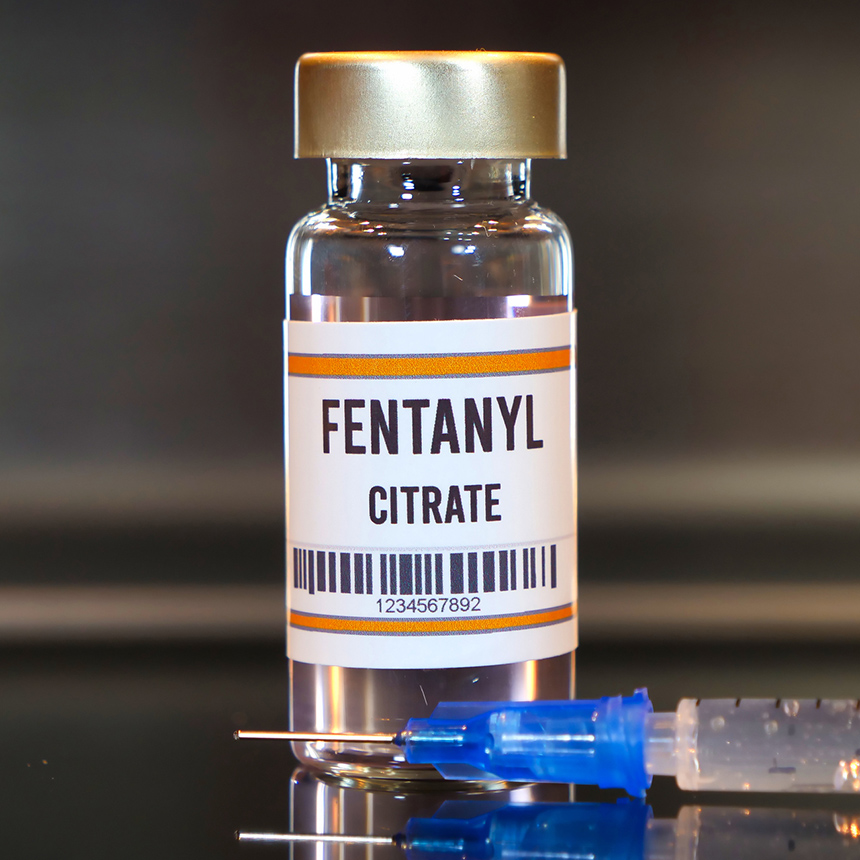 Although the drug was not discussed openly following previous discussions, recent statements indicate that the issue might resurface.
Although the drug was not discussed openly following previous discussions, recent statements indicate that the issue might resurface.The smuggling of substances used to produce the drug fentanyl - the matter mentioned by the US in itsinitial tariff escalationfacing China in March - is expected to regain attention in upcoming discussions, according to experts, following two prior meetings that seemingly avoided the topic.
Rumors about the drug's inclusion in upcoming discussions were sparked by US President Donald Trump's comments on the matter on Wednesday,making referenceto China's "major measures" - including the risk of the death penalty for smugglers - to limit the flow of chemical precursors across American borders.
If the matter is resolved, some experts believe the strain between the world's two biggest economies might ease further in August, following a 90-day ceasefire reached during May discussions in Geneva. Others showed more hope, predicting a return to the 2020 trade agreement that halted the escalating conflict — though only for a limited time.
Are you curious about the most significant issues and developments happening globally? Find the solutions withSCMP Knowledge, our latest platform featuring curated content including explainers, FAQs, analyses, and infographics, presented by our acclaimed team.
"It makes sense to consider the fentanyl problem as a possible 'third stage' in U.S.-China discussions, especially considering its growing political significance in Washington," noted Matteo Giovannini, senior finance manager at the Industrial and Commercial Bank of China and a non-resident associate fellow at the Centre for China and Globalisation, a think tank based in Beijing.
Although not typically a trade issue, the fentanyl crisis has become a central national security and public health matter in the US, making it a topic that can be addressed in wider bilateral discussions.
Fentanyl is a potent synthetic opioid. It has emerged as the primary cause of death among individuals between the ages of 18 and 45 in the United States, as reported by the nation's Drug Enforcement Administration.
Washington, which holds China responsible for the crisis, imposed a 20 percent tax on Chinese products on March 4.
Beijing strongly refuted the United States' allegations and responded by implementing counter-tariffs on specific American imports, such as natural gas, soybeans, and pork.
Prior to the May discussions in Switzerland, reports surfaced that Chinese President Xi Jinping intended to incorporateMinister of Security Affairs Wang Xiaohongwithin the delegation, it sparked rumors that fentanyl would be discussed, although no mention of the topic was made publicly.
Further discussions also appeared to avoid addressing the issue – the initial round resulted in a 90-day ceasefire and the reduction of most taxes, while the second session in London focused on the mutual elimination of export restrictions.
On Thursday, a representative from China's foreign ministry called on Washington to "pursue discussions rooted in equality and mutual respect" if it aimed to resolve the issue.
Nick Marro, the chief economist for Asia at the Economist Intelligence Unit, stated that fentanyl serves as a means for both nations to gain time while working to address more fundamental conflicts.
"If we observe certain types of pacts regarding fentanyl, it doesn't indicate that economic disputes have been resolved," he stated.
It simply indicates that these trade disputes have been postponed once again and will resurface at some point in the future.
Marro cautioned that the U.S. continues to face several structural issues with China, which have often been discussed during talks, such as market restrictions, strict data regulations, and worries about overcapacity and deflation.
Stephen Olson, a former U.S. trade negotiator, mentioned that China could provide purchase agreements during upcoming talks in return for certain concessions, with some reduction in tariffs possibly being enough.
"Especially if these commitments are in sectors that China would likely import regardless, such as soybeans, it may not be a significant compromise for China to make, as long as the purchasing levels are reasonable," Olson stated.
Comments from notable US officials appear to back this theory. Stephen Biegun, the US deputy secretary of state from December 2019 to January 2021,mentioned at the Aspen Security Forumon Wednesday, it was stated that the upcoming US-China trade agreement "is very likely to be similar to" the first-phase deal finalized in January 2020, in which China pledged to purchase an extra $200 billion worth of American products over a two-year period.
But in that agreement, Olson stated, nearly all the compromises were in China's favor — and "there's no way" Beijing would agree to a similar deal.
This time, China must show that it has also obtained benefits from the US, and a significant decrease in tariffs is likely to be high on their agenda.
Giovannini stated that the present bilateral relationship is more complex than previously, encompassing matters beyond trade such as national security,technology competition and global alliances.
"Any new agreement is expected to cover a wider range but be more adaptable in structure, focusing less on monetary amounts and more on consistent systems for handling disagreements," he stated.
On Tuesday, U.S. Treasury Secretary Scott Bessent stated to Bloomberg TV that the two nations were "in a very good position" before an anticipated meeting, noting it would be crucial to "proceed and discuss China's market liberalization and the growth of domestic and consumer production within the country."
More Articles from SCMP
In what way does space influence the mind? China sends a 'mini-brain' to Tiangong to investigate.
Starmer's diplomatic skills overseas cannot compensate for a lack of clear direction within Britain
China's employment sector prepares for effects as a historic number of graduates nears the job market
Cathay in Hong Kong apologizes to passengers who were stranded on a plane without air conditioning.
This piece was first published in the South China Morning Post (www.scmp.com), a top news outlet covering China and Asia.


